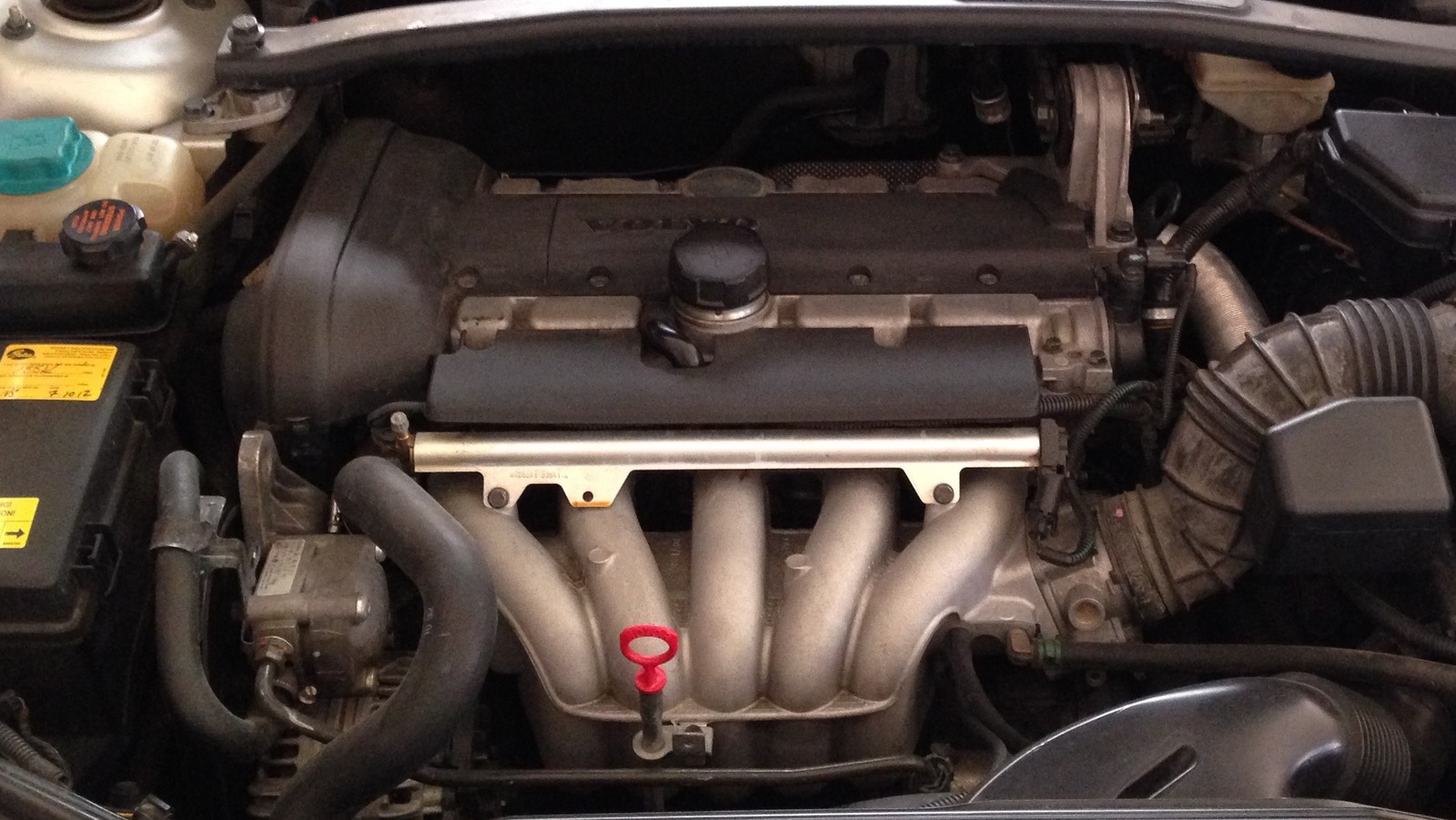
The birth of the five-cylinder engine came with a basic need for a little more power without a lot more weight. Compromising between four-cylinder and six-cylinder inline engines gave automakers a chance to bump power up a hair without adding a ton of extra weight or drastically affecting the amount of required space needed to fit the engine. Using this architecture also allowed the integration of parts that fit on four-cylinder engines, considering the similar construction.
Though both Audi and Volvo implemented the use of turbochargers on their respective five-cylinder engines in a lot of cases, the turbocharger itself is what ultimately led to the demise of the five-cylinder engine. As engine technologies continued to develop, including material strength, power efficiency, and electronic fuel-injection tuning, the amount of power manufacturers could squeeze out of a smaller power plant kept getting bigger and bigger.
A great example of this phenomenon is the legendary Volvo 850. In turbo format, its 2.3-liter turbocharged inline five-cylinder managed 222 horsepower. Now, though, the iconic Volvo “T5” namesake is worn by a four-cylinder turbocharged engine that makes 250 horsepower.
Ultimately, for similar power output, if the opportunity to save weight — and, more importantly, materials for construction — arises, the choice becomes pretty clear. Of course, adding a fifth cylinder would still allow more power in theory, but likely not enough to warrant the extra cost and space.
[Featured image by Typhoon via Wikimedia Commons | Cropped and scaled | CC BY-SA 3.0]









